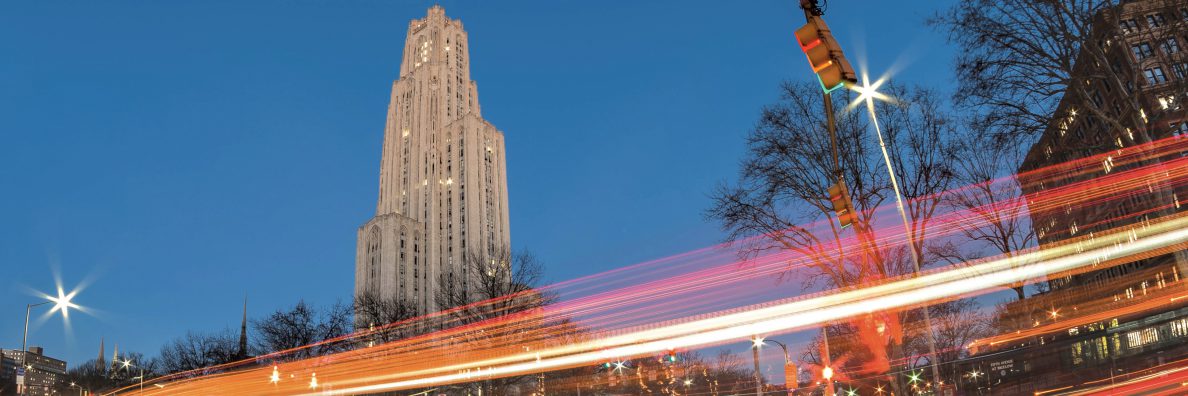The first thing that comes to someone’s mind when the term Smart City is thrown around, is efficiency! Efficiency in energy consumption, efficiency in city government operations, efficiency in transportation and so on. Efficiency in transportation has become synonymous to fast/short transportation. But is this really making us, the city-dwellers, smart(er)? Isn’t this making us prisoners of time? Is this what we really want from our cities of the future? Efficiency? For sure efficiency in some (many) aspects is top priority (e.g., energy), but when it comes to navigating through the urban fabric efficiency should not be our top priority. Cities are living organisms and people are the nutrients that they need to survive and thrive. Consequently, following always the same efficient paths will lead to inadequate nutrition of specific parts of the city. Not to mention that this minimizes serendipity (and potentially your chance of finding love as Ariel Sabar describes in “Heart of the City: Nine Stories of Love and Serendipity on the Streets of New York“)
Daniele Quercia and his colleagues developed alternatives to shortest path routing, by considering routes that make people feel happy, routes that are filled with delightful smells (e.g., the smell of a bakery early in the morning) and routes that allow you to experience the city through its sounds. This was a breakthrough in urban way finding and inspired us to take it a step further. Why focus on a single objective for navigation? After all if we focus on a single objective most probably we are still minimizing serendipity, since the path that makes us the happiest will always do so! How about if we really have to be at school by 5pm but at the same time we want to increase our exposure to trees, or to street art? This is an example of multi-objective routing, where we want to find paths that optimize two (or potentially even more) objectives. There are several challenges associated with the problem of multi-objective routing with the two most important being:
- Many times the two objectives are conflicting, for the simple fact that a longer path will have more of everything (trees, street art, etc.).
- There are many many paths connecting two points in a city and each one of these provides different tradeoffs between the two objectives. However, we cannot show all these paths (possibly tenths or even hundreds) of paths to a dweller.
Luckily we have developed an algorithmic approach that is able identify a small set of paths that capture the different trade-offs that are possible given the structure of the road network. While one can see the technical paper for details, the main idea is to identify what we call non-dominated or Pareto optimal paths. These are paths for which there are no other paths that are better with respect to all the objectives of interest! To visualize that we can assume that every path is characterized by two values, x and y, that represent the performance of the path with regards to the two objectives. Let us assume that we are interested in maximizing the x-objective and minimizing the y-objective. If we plot the values for every pair of possible paths between our original and destination we will get a plot like the following:

We are interested in paths that lay on the red line (called Pareto frontier or skyline, depending on the field literature you are reading). In this artificial example, there are only few paths on the frontier, but in a real network, there can be tenths or hundreds of paths. We have developed an algorithm for choosing a small number of them (7-10) that covers all the major tradeoffs. For example, the two points in the orange circle practically offer similar tradeoffs between the two objectives and hence, we can return to the user one of them.
Application
We have used our algorithm to provide paths in the city of Pittsburgh that offer tradeoff between length and exposure to trees! For the latter, we used a nice dataset recently released that includes information for the trees cared for and managed by the city’s Department of Public Works Forestry Division. Hence, our objective is to minimize the length of the path, while maximizing the exposure to trees, making for a relaxing path. For example, let us assume that we want to go from Oakland to Shadyside. There are many paths to follow and the following map shows 4 of them (the ones returned by our algorithm). The user can choose between the shortest path (the blue one), which is also the one with the smallest exposure to green, or the greenest path (the…green path), which is also the longest path! We also offer the user the choice of two other paths (red and black) that are neither the shortest nor the greenest, but they are non-dominated (i.e., would provide a good tradeoff)!

One can think of several other objectives that can be included such as safety of biking/driving (e.g., due to a snowstorm), exposure to historic landmarks, exposure to places with personal significance to the user etc. The possibilities are only limited by the data available to us!
This research is part of the PittSmartLiving project, which aims to put humans into the center of urban navigation and cyber-physical systems in general, and facilitate the design if systems that are truly smart – both technically but also socially!
